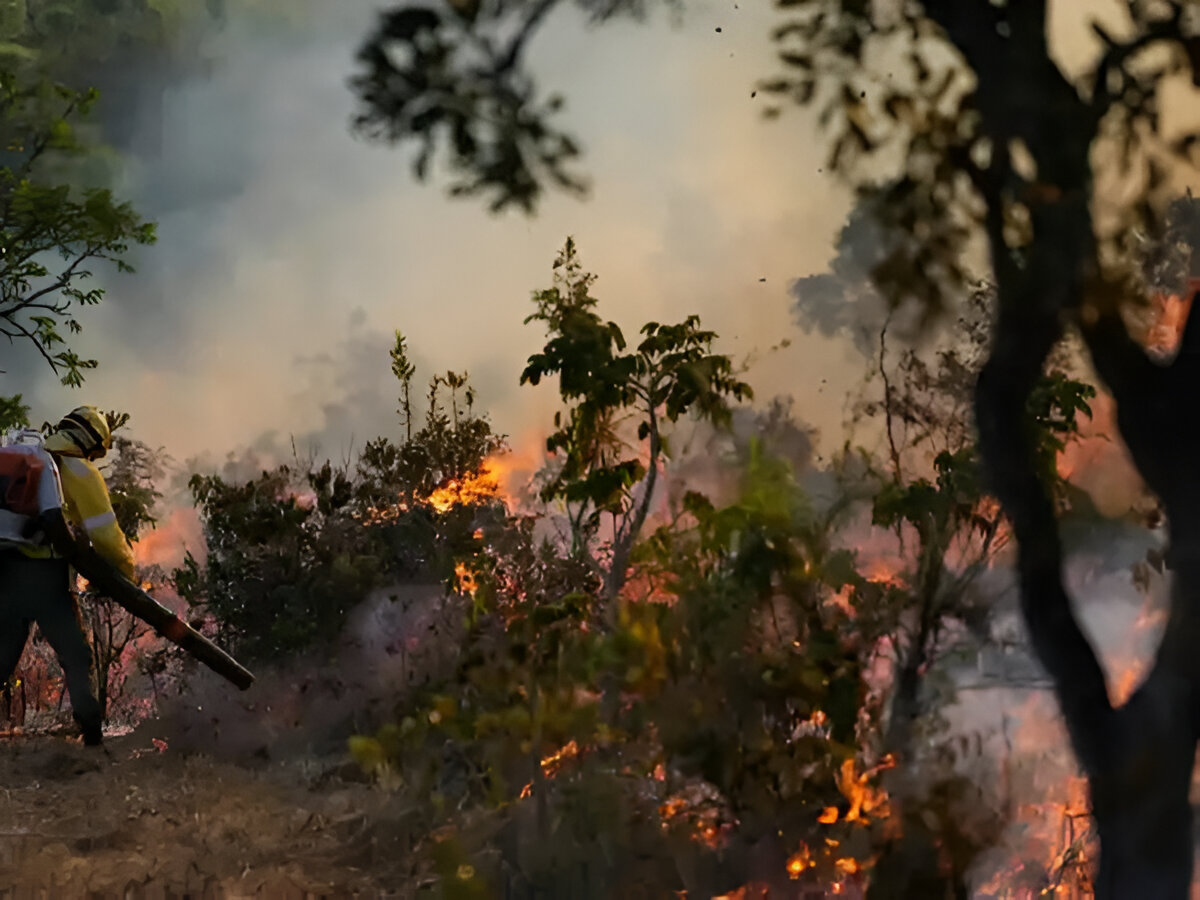India Lost 18,200 Hectares of Primary Forest in 2024: Global Forest Watch Report
News Summary
In 2024, India experienced a significant loss of 18,200 hectares of primary forest, marking an increase from 17,700 hectares in 2023, as reported by Global Forest Watch (GFW). This loss contributes to a total of 2.31 million hectares of tree cover lost since 2001, equating to a 7.1% decrease in tree cover and resulting in approximately 1.29 gigatonnes of carbon dioxide emissions. Notably, Assam recorded the highest tree cover loss among all states, with 340,000 hectares lost between 2001 and 2024. Other northeastern states like Mizoram, Nagaland, Manipur, and Meghalaya also reported significant losses. The primary drivers of this deforestation include shifting cultivation, permanent agriculture, logging, natural disturbances, and infrastructure development.
Understanding India’s Forest Loss: A Deep Dive into the 2024 Data
1. The Alarming Numbers
The year 2024 saw India lose 18,200 hectares of primary forest, a slight uptick from the previous year’s 17,700 hectares. This trend underscores a persistent challenge in forest conservation efforts. Since 2001, the cumulative loss stands at 2.31 million hectares, translating to a 7.1% reduction in tree cover. This deforestation has released approximately 1.29 gigatonnes of carbon dioxide into the atmosphere, exacerbating climate change concerns.
2. Regional Hotspots: Northeast India in Focus
The northeastern states of India have been particularly affected:
- Assam: Leading with a loss of 340,000 hectares.
- Mizoram: Close behind with 334,000 hectares lost.
- Nagaland: Reported a loss of 269,000 hectares.
- Manipur: Experienced a reduction of 255,000 hectares.
- Meghalaya: Saw a decrease of 243,000 hectares.
These figures highlight the urgent need for targeted conservation strategies in these regions.
3. Causes Behind the Decline
Several factors contribute to the ongoing deforestation:
- Shifting Cultivation: Accounts for 1.39 million hectares of tree cover loss.
- Permanent Agriculture: Responsible for 620,000 hectares lost.
- Logging Activities: Led to the removal of 182,000 hectares.
- Natural Disturbances: Such as storms and pests, caused 35,100 hectares of loss.
- Infrastructure Development: Including settlements and roads, claimed 30,600 hectares.
These drivers underscore the complex interplay between human activities and environmental degradation.
4. The Broader Implications
The loss of primary forests has far-reaching consequences:
- Biodiversity Loss: Primary forests are rich in biodiversity; their destruction threatens countless species.
- Climate Change: Deforestation contributes significantly to greenhouse gas emissions.
- Water Cycle Disruption: Forests play a crucial role in maintaining the water cycle; their loss can lead to water scarcity.
- Soil Erosion: Trees prevent soil erosion; deforestation can lead to land degradation.
5. Steps Towards Mitigation
Addressing deforestation requires a multifaceted approach:
- Policy Implementation: Strengthening forest protection laws and ensuring their enforcement.
- Community Engagement: Involving local communities in conservation efforts.
- Sustainable Practices: Promoting sustainable agriculture and logging practices.
- Reforestation Initiatives: Investing in tree-planting programs to restore degraded lands.
- Monitoring and Research: Utilizing satellite imagery and data analytics to monitor forest cover changes.
FAQs
Q1: What defines a primary forest?
Primary forests are mature, naturally humid tropical forests that have not experienced significant human disturbance or regrowth in recent history. The New Indian Express+1MillenniumPost+1
Q2: Why is the loss of primary forests concerning?
These forests are biodiversity hotspots and play a critical role in carbon sequestration, making their loss detrimental to ecological balance and climate stability.
Q3: How does deforestation impact local communities?
It can lead to reduced water availability, increased soil erosion, and loss of livelihoods dependent on forest resources.
Q4: What role does shifting cultivation play in deforestation?
Shifting cultivation involves clearing forested land for agriculture, which, if not managed sustainably, leads to significant forest loss.
Q5: How can individuals contribute to forest conservation?
By supporting sustainable products, participating in tree-planting initiatives, and raising awareness about the importance of forests.





